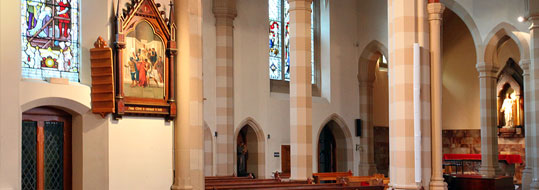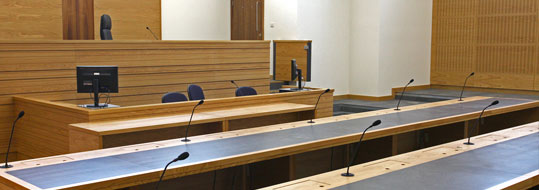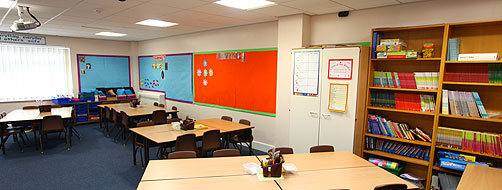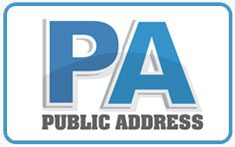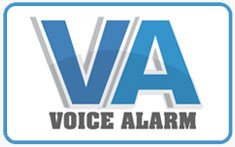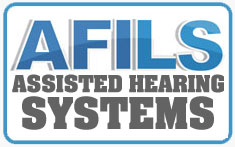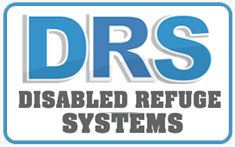What is a sound reinforcement system?
Generally, a sound reinforcement system is used to enhance and distribute live or pre recorded sound over a wide area. The key aim of sound reinforcement is to allow the sound to reach a larger or more distant audience while retaining or enhancing the quality of the existing audio, rather than just amplifying it.
Sound reinforcement systems can vary from complex setups comprising of many microphones, multiple arrays and complex mixing and signalling processing systems, to something as simple as a small public address system, consisting of a single microphone connected to an amplifier and loudspeaker.
Both of these kinds of system serve to reinforce sound, distributing it over a wider area while retaining or improving the quality of the audio.
The main requirements of any sound reinforcement system where speech is being amplified are that the programme material must be heard comfortably by all the audience or public present, and that the speech is easily intelligible. Naturalness is a desired quality and in instances where speech reinforcement is required, if everyone present can hear clearly without being aware that amplification is in use then the installation can be claimed as successful. It may not always be possible to achieve complete success in this direction especially in large gatherings; however the system should be as unobtrusive as possible but always second to providing intelligible reproduction.


